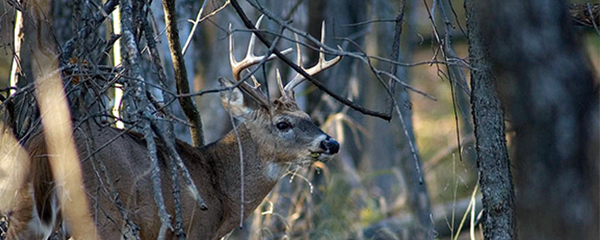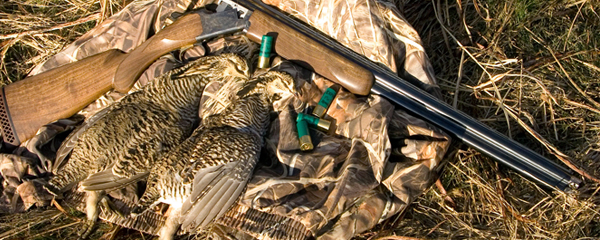 |
| Zebra mussel infestation on the walls of Arthur V. Ormond Lock on the Arkansas River near Morrilton, Arkansas, USA. The zebra mussels are an invasive species in North America and have caused significant damage to American waterways, locks, and power plants. Coordinates: 35°7′28.76″N 92°47′7.24″W / °S °W / ; latd>90 (dms format) in latd latm lats longm longs (Photo credit: Wikipedia) |
Lake Shawnee the latest to be infested with invasive species
TOPEKA – Acting on a report from an alert angler, the Kansas Department of Wildlife, Parks and Tourism (KDWPT) has confirmed the presence of zebra mussels in Lake Shawnee. Zebra mussels are bean-sized mollusks with striped, sharp-edged, two-part shells. They were found at multiple locations on rocks and on underwater portions of a dock ladder. The discovery brings the total of Kansas lakes infested with zebra mussels to 19 and highlights the need for anglers and boaters to know the dangers of moving water and bait fish between lakes.
“We were notified about the zebra mussels by a conscientious angler who found them on a piece of wood he pulled from the lake,” said Jessica Howell, KDWPT Aquatic Nuisance Species Coordinator. “This is a perfect example of how important it is for the public to be vigilant and report anything they suspect could be an aquatic nuisance species,” she added.
Lake Shawnee is a heavily-used 416-acre lake owned by Shawnee County. “The presence of zebra mussels in Lake Shawnee will not in any way change the mission of Shawnee County Parks and Recreation of providing quality parks, golf courses and recreation facilities and opportunities to meet the recreational needs and interests of rural and urban residents throughout Shawnee County. Lake Shawnee will continue to be a gem in the area for recreational pursuits to hundreds of thousands of people yearly,” said Terry Bertels, Parks Director, Shawnee County Parks and Recreation.
The lake will be added to the list of ANS-designated waters in Kansas, and notices will be posted at various locations around the lake. Other lakes in northeast Kansas with zebra mussel infestations include Perry, Milford and Melvern reservoirs. Like those lakes, Lake Shawnee is safe to use for a variety of recreational activities. Since the sharp-shelled zebra mussels attach to solid objects, visitors should be careful when handling mussel-encrusted objects and when grabbing an underwater object when they can’t see what their hands may be grasping. Visitors should protect their feet when walking on underwater or shoreline rocks, a helpful precaution any time they are outdoors.
There is no known method to rid a lake of zebra mussels. According to Howell, prevention is the best way to avoid spreading ANS. “All lake users should take precautions to prevent the movement of ANS from those waters," she said. “The zebra mussels probably were accidentally carried to the lake from another location in the water from boats or bait buckets.” Anglers and boaters should thoroughly clean, drain and dry their boats and equipment after using any body of water. Regulations require that they drain livewells and bilges and remove drain plugs from all vessels prior to transport from any Kansas water on a public highway. Further, people should not take water away from the lake in bait buckets or for aquariums or any other use. Also, anglers cannot transport live fish from any ANS-designated water.
Zebra mussels can produce huge populations in a short time and do not require a host fish to reproduce. A large female zebra mussel can produce 1 million eggs, and then fertilized eggs develop into microscopic veligers invisible to the naked eye. Veligers drift in the water for up to two weeks before they settle out as young mussels which quickly grow to adult size and reproduce during their first summer of life.
After settling, zebra mussels develop byssal threads that attach their shells to submerged hard surfaces such as rocks, piers, and flooded timber. They also attach to pipes, water intake structures, boat hulls, propellers, and submerged parts of outboard motors. As populations increase, they can clog intake pipes and prevent water treatment and electrical generating plants from drawing water. In 2012, two Kansas communities, Council Grove and Osage City, experienced temporary water shortages from zebra mussel infestations before water intake structures could be cleaned up. Removing large numbers of zebra mussels to ensure adequate water flow can be labor-intensive and costly.
Zebra mussels are native to the Black and Caspian seas of western Asia and eastern Europe and were spread around the world in the ballast water of cargo ships. They were discovered in Lake St. Clair and the Detroit River in 1988 and quickly spread throughout the Great Lakes and other rivers including the Mississippi, Illinois, Ohio, Tennessee, Arkansas and Hudson. In 2003, they were discovered in Kansas in El Dorado Reservoir. Despite public education efforts to alert boaters about the dangers of zebra mussels and how to prevent spreading them, the species continues to show up in new lakes every year. Moving water in boats and bait buckets has been identified as a likely vector.
Zebra mussels are just one of the non-native aquatic species that threaten our waters and native wildlife. Boaters and anglers must remember to follow regulations and precautions that will prevent their spread:
- Clean, drain and dry boats and equipment between uses
- Use wild-caught bait only in the lake or pool where it was caught
- Do not move live fish from waters infested with zebra mussels or other aquatic nuisance species
- Drain livewells and bilges and remove drain plugs from all vessels prior to transport from any Kansas water on a public highway.
For more information about aquatic nuisance species in Kansas, report a possible ANS, or see a list of ANS-designated waters, visit ProtectKSWaters.org







